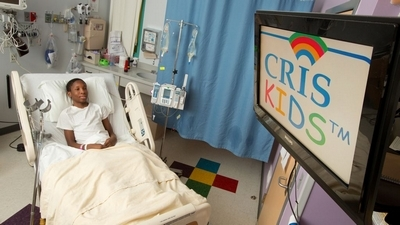Early Childhood Education Cabinet to Meet Amidst Changing Landscape
/The Connecticut Early Childhood Education Cabinet next meets on March 28 in Middletown, less than two months after Governor Dannel Malloy announced the establishment of an Office of Early Childhood (OEC) by merging functions previously under the jurisdiction of five different agencies. The new agency is designed to provide a comprehensive, collaborative system for delivering improved programs and services to children ages zero to five and their parents. The meeting also comes a year after the Cabinet, which was reformed by former Gov. M. Jodi Rell in 2010, issued a Needs Assessment report, which included the following sit-up-and-take-notice statistics:
- There are approximately 212,504 children from birth to age five in Connecticut; 29,379 of those children live in poverty and 78,803 children are from low income families.
- Approximately 161,013 of children under the age of six are potentially in need of child care.
- The state currently has 2,173 child care centers, with 25% of the centers nationally accredited .
- The annual cost of center-based care for an infant is $12,469, approximately 15% of the state’s median family; income. The annual cost of care for an infant in a family child care setting is $9,230, 11% of the median family income.
- According to the National Center for Children in Poverty, 6% of Connecticut’s children under the age of six are experiencing extreme poverty.
- The percent of Connecticut children living in families where no parent has full-time, year-round employment is 26%, with 10% of children having at least one unemployed parent.
- The number of children served in Connecticut’s emergency shelters increased by 15% between 2010 and 2011.
The new Office of Early Childhood is a product of work by agency commissioners, early childhood education and development advocates, parents, caregivers, and other stakeholders, the Malloy administration explained. It is comprised of related programs that were previously housed in five separate state agencies, and builds on work done in 2012 when Connecticut invested $9.8 million in early childhood initiatives, created 1,000 new spots for early learners, invested  $3 million for a tiered quality rating and improvement system.
$3 million for a tiered quality rating and improvement system.
The purpose of the Early Childhood Education Cabinet has been to develop a high-quality, comprehensive system of early childhood education among the wide array of early childhood programs in the state (including Head Start, child care and School Readiness). It is chaired by Fairfield Schools Superintendent David Title. The Cabinet’s 2012 report concluded by stating their commitment to serve as “the catalyst for ongoing coordination and collaboration with statewide stakeholders to ensure that Connecticut’s youngest children have increased access to high quality early learning experiences as a foundation for lifelong success.”
Under Gov. Malloy’s revamped Office of Early Childhood, 71 staff will move to the new office, and four new positions will be created—an Executive Director and three staff positions. The OEC will require a $370,000 investment in fiscal year 2014, and will use the Department of Education administrative and back office support. It will phase in over two years.
The planning of the OEC was made possible by support from the William Casper Graustein Memorial Fund, the Early Childhood Collaborative funders, and the Early Childhood Alliance.








































